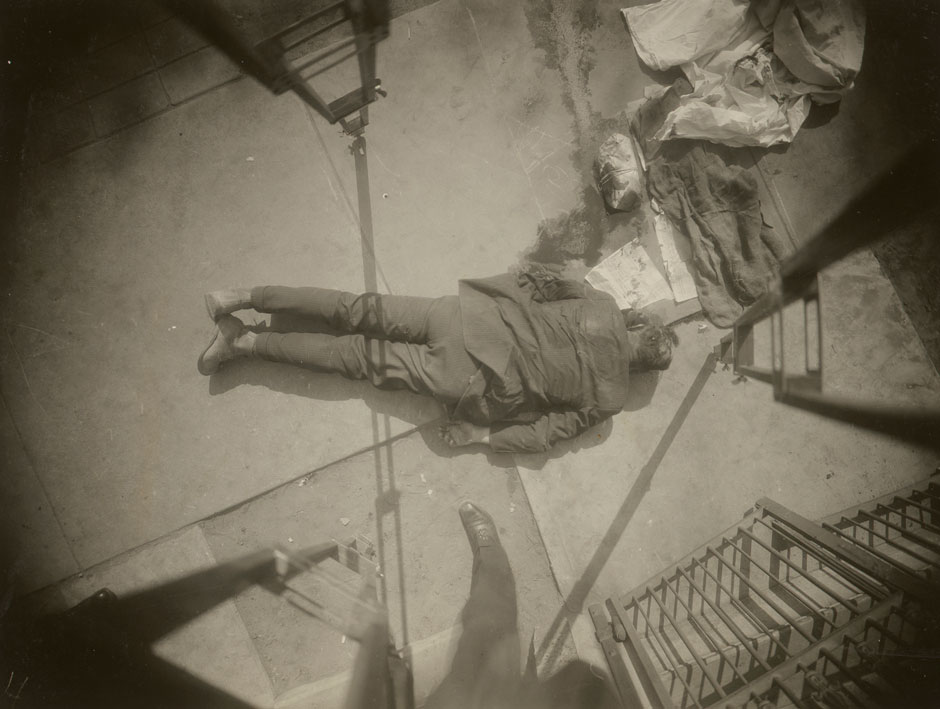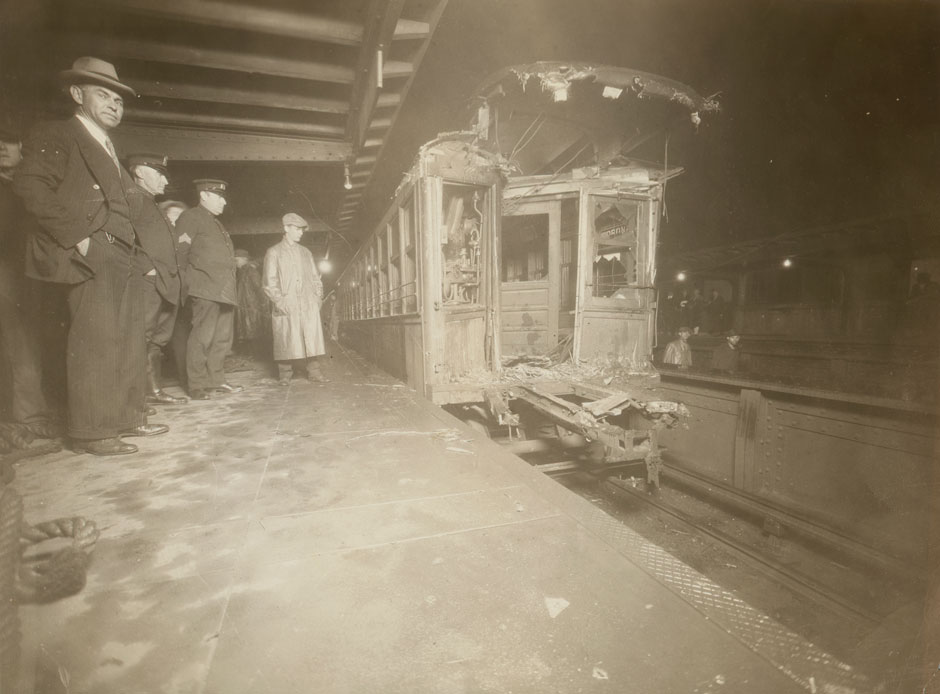In 1991, when I was searching for illustrations for my book Low Life, I stumbled upon the collection of some 1,400 photos from the New York Police Department, dating from 1914 to 1918, that were held in the city’s Municipal Archives: images mostly of crime scenes, of murder victims pictured on the sidewalk or in their narrow bedrooms, often from overhead, with angles so wide the tripod legs appeared to encase the dead. The pictures were so powerful, at once raw and lyrical, that I knew I had to write about them; the result was Evidence, which came out in 1992. There were many mysteries surrounding the photos, some of which I was able to solve and some not. For example, it wasn’t immediately clear who had taken the pictures, but I imagined a single artist was responsible because of their distinct style: the angle, the austere calm, the illuminated bodies surrounded by darkness. Instead they turned out to be the work of at least six people, four of them members of the NYPD’s Bureau of Criminal Identification.
There remained, however, the question of what had happened to all the rest of the pictures. The collection I had seen spanned only five years of decades of activity by the NYPD. What had happened to the possibly tens of thousands of other photos dating from before and after the years covered? John R. Podracky, who had worked for the Municipal Archives and at that time was curator of the Police Academy Museum, told me that the glass plate negatives of the collection I’d seen—there were no original prints—had been found in a small closet under a basement staircase when the old police headquarters on Mulberry Street was being converted into condominiums. He suggested that the rest of the material had been summarily disposed of during the conversion. Perhaps they were resting on the bottom of New York Bay in a pile of broken glass, as had apparently been the fate of the NYPD’s nineteenth-century mug shot negatives when they were jettisoned in the early 1950s.
I soon began to receive letters—as did the Municipal Archives—from hopeful citizens who wanted to know just where in the harbor they might have been dumped; maybe divers could be sent to recuperate them. But there was no proof of what had happened to them (leaving aside the question of how photographic emulsion would survive even a brief immersion in water), and the police department would neither confirm nor deny. The question simply hung in the air until about three years ago, when Michael Lorenzini, the Deputy Director and Curator of Photography at the Municipal Archives, received a call from the NYPD. The caller wanted to know whether he could help them figure out how to dispose of a roomful of photographic material stored at One Police Plaza; the department needed the space.






